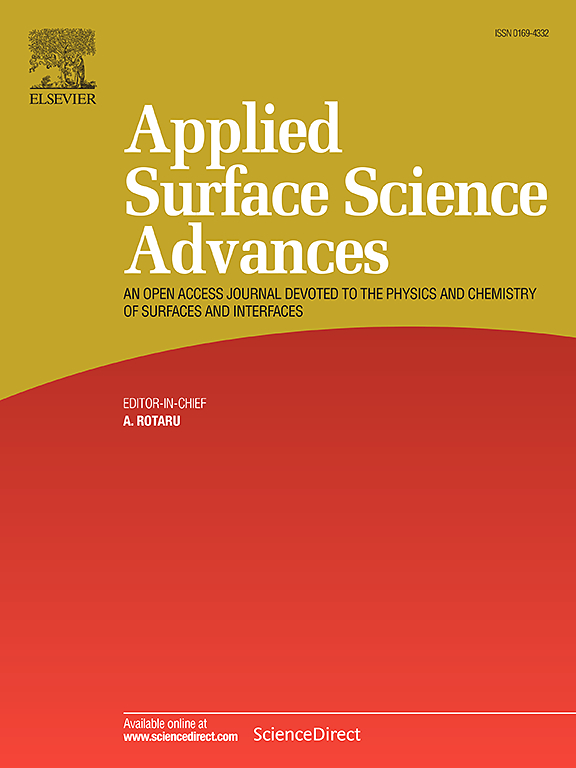壳聚糖为基础的水净化吸附剂:机制,性能和可持续性
IF 8.7
Q1 CHEMISTRY, PHYSICAL
引用次数: 0
摘要
壳聚糖是一种从几丁质中提取的可生物降解多糖,已成为一种可持续的高性能水净化吸附剂,有效地解决了重金属、染料、药物和新出现的污染物带来的全球性挑战。本文综述了基于壳聚糖的吸附剂,涵盖了它们的吸附机制(如静电相互作用、螯合作用、氢键和疏水相互作用)、性能指标(在pH、温度、污染物类型和基质复杂性等因素的影响下,优化条件下的典型吸附量为120 - 600mg /g,去除效率为80 - 95%)和环境效益。改性策略的关键进展——如交联、接枝、复合材料形成和生物聚合物共混——提高了吸附剂的稳定性、选择性和可重用性,许多吸附剂在多次循环中保持了80 - 90%的容量。生命周期评估显示,与活性炭(8-12公斤CO₂-eq/kg)和离子交换树脂(15-20公斤CO₂-eq/kg)等传统材料相比,壳聚糖的碳足迹(1.5-2.5公斤CO₂-eq/kg)显着降低,因为壳聚糖的可再生来源来自海鲜废物和固有的生物降解性。该综述批判性地分析了挑战,包括pH敏感性、复杂废水中的离子竞争和可扩展性问题,同时强调了在实际应用中显示80 - 95%效率的试点研究。未来的方向集中在绿色改性技术(例如,无溶剂合成,酶接枝),智能吸附剂(ph响应,磁性)和混合系统(例如,膜过滤,光催化),以提高工业可行性。通过整合这些创新,壳聚糖吸附剂为可持续废水处理提供了一种可扩展的、环保的解决方案。本文章由计算机程序翻译,如有差异,请以英文原文为准。
Chitosan-based adsorbents for water purification: Mechanisms, performance, and sustainability
Chitosan, a biodegradable polysaccharide derived from chitin, has emerged as a sustainable and high-performance adsorbent for water purification, effectively addressing global challenges posed by heavy metals, dyes, pharmaceuticals, and emerging contaminants. This review comprehensively examines chitosan-based adsorbents, covering their adsorption mechanisms (e.g., electrostatic interactions, chelation, hydrogen bonding, and hydrophobic interactions), performance metrics (typical adsorption capacities of 120–600 mg/g and removal efficiencies of 80–95 % under optimized conditions, influenced by factors such as pH, temperature, pollutant type, and matrix complexity), and environmental benefits. Key advancements in modification strategies—such as cross-linking, grafting, composite formation, and biopolymer blending—improve stability, selectivity, and reusability, with many adsorbents retaining 80–90 % capacity over multiple cycles. Life Cycle Assessments reveal chitosan’s significantly lower carbon footprint (1.5–2.5 kg CO₂-eq/kg) compared to conventional materials like activated carbon (8–12 kg CO₂-eq/kg) and ion-exchange resins (15–20 kg CO₂-eq/kg), owing to its renewable sourcing from seafood waste and inherent biodegradability. The review critically analyzes challenges, including pH sensitivity, ion competition in complex wastewater, and scalability issues, while highlighting pilot studies demonstrating 80–95 % efficacy in real-world applications. Future directions focus on green modification techniques (e.g., solvent-free synthesis, enzymatic grafting), smart adsorbents (pH-responsive, magnetic), and hybrid systems (e.g., membrane filtration, photocatalysis) to enhance industrial viability. By integrating these innovations, chitosan-based adsorbents present a scalable, eco-friendly solution for sustainable wastewater treatment.
求助全文
通过发布文献求助,成功后即可免费获取论文全文。
去求助

 求助内容:
求助内容: 应助结果提醒方式:
应助结果提醒方式:


